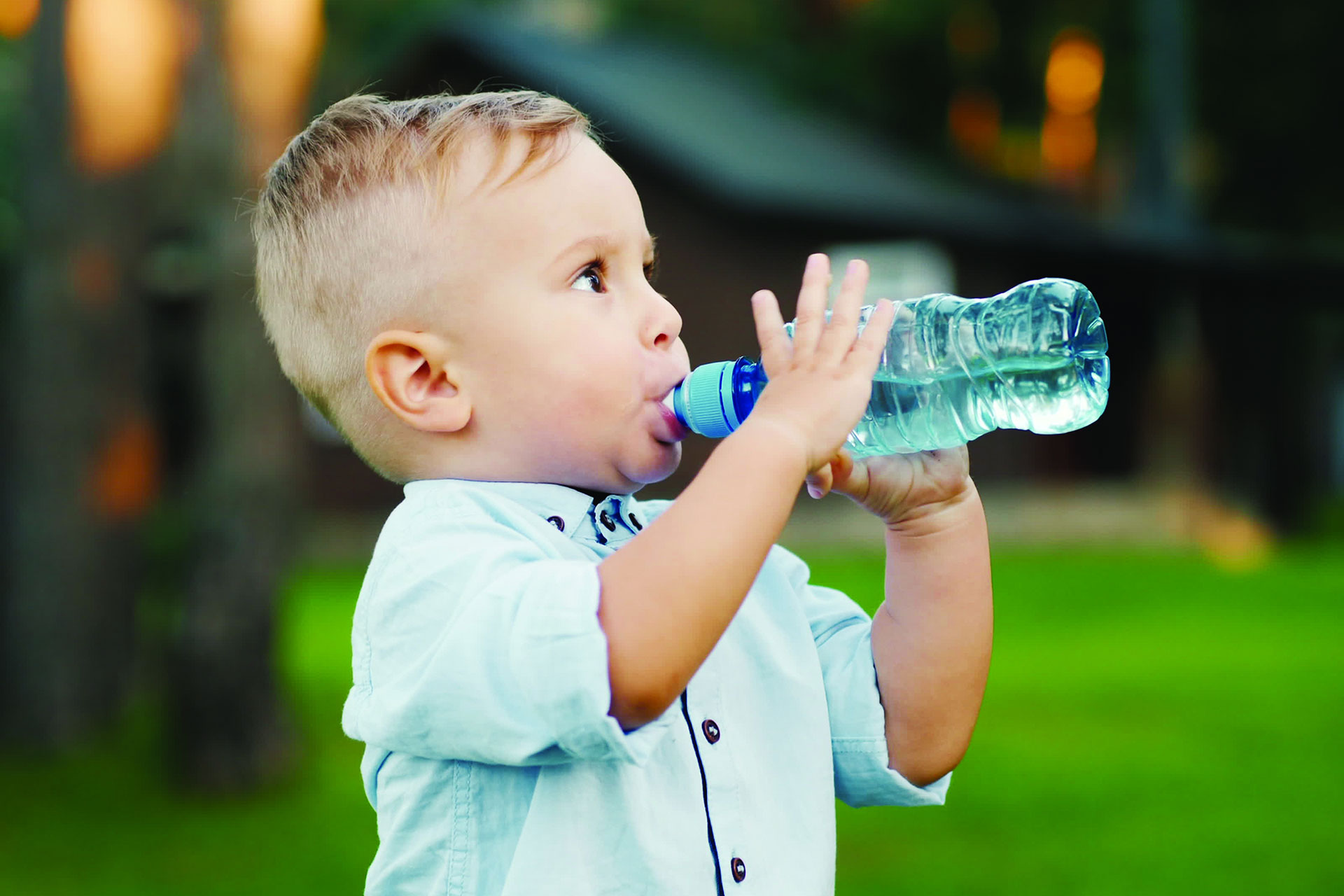
Healthy Beverages
- Home
- Live Well Blog
- Healthy Beverages
Healthy Beverages
By: Christina mcGeough, mph, rd, cdces, CLC
The period from birth to five years old is a time of rapid physical and developmental growth for children. During these years children learn a lot of new skills like feeding themselves, communicating with others, and expressing their feelings. They are like sponges absorbing new information rapidly and curious about their environment and surroundings – including what they eat and drink. The foods and beverages you offer children early in life can shape their food preferences and behaviors into adulthood. Consuming too many sugar-sweetened beverages can lead to too much weight gain in childhood. Children’s tummies are small, so drinking a lot of beverages can decrease their appetite and the amound of food they eat at mealtimes.
Here are some beverage choices, suggested amounts by age group, and ways to offer drinks to them as they grow. Let’s look at beverage recommendations by the American Academy of Pediatrics (AAP) and start with the obvious choices: water and milk.
Water
- Begin to introduce water after 6 months of age.
Recommendations by age
6 – 12 months
12 – 24 months
2 – 5 years
½ – 1 cup per day
1 – 4 cups per day
1 – 5 cups per day
Water
- Begin to introduce water after 6 months of age.
Recommendations by age
6 – 12 months
½ – 1 cup per day
12 – 24 months
1 – 4 cups per day
2 – 5 years
1 – 5 cups per day
Cow’s Milk
- By 12 months, many infants are weaned from breastmilk and/or formula and are also starting to incorporate solid foods into their diets.
- After 12 months, whole cow’s milk is recommended because it contains vitamins and minerals necessary for children’s growth and development like protein, calcium, vitamins A & D, and zinc.
- After the age of 2 years, it’s best to switch to low-fat or fat-free milk.
Recommendations by age
12 – 24 months
2 – 5 years
2 – 3 cups
whole milk per day
2 – 2½ cups
1% or non-fat milk per day
Cow’s Milk
- By 12 months, many infants are weaned from breastmilk and/or formula and are also starting to incorporate solid foods into their diets.
- After 12 months, whole cow’s milk is recommended because it contains vitamins and minerals necessary for children’s growth and development like protein, calcium, vitamins A & D, and zinc.
- After the age of 2 years, it’s best to switch to low-fat or fat-free milk.
Recommendations by age
12 – 24 months
2 – 3 cups
whole milk per day
2 – 5 years
2 – 2½ cups
1% or non-fat milk per day
Plant-Based Milk
- Some children have dairy allergies or milk intolerances that prevent them from drinking cow’s milk. For some families, plant-based milks are preferred for cultural and/or personal reasons. It is important to note that not all plant-based milks are created equal, and many do not provide enough calcium, vitamin D, or protein. Soy milk is the only plant based milk that is recommended as a substitute for cow’s milk. Talk to your child’s healthcare team about their nutritional needs if your child cannot drink cow’s milk or soy milk.
Juice
- Avoid offering your child juice before they are 12 months old.
- Offer juice in a cup not a bottle.
- Consider mixing juice with water to limit sugar and calories.
- AAP recommends limiting juice to 4 ounces per day for children under 3 years and no more than 4-6 ounces for children 4-5 years old.
Beverages that should be avoided
- Sugar-sweetened beverages like sodas, sweet teas, sports drinks, and lemonades can cause dental cavities and lead to excessive weight gain.
- Caffeinated drinks can lead to poor sleep, headaches, and nervousness and should be avoided.
- Children do not need beverages beyond water and milk, but many are often preferred due to their sweetness. Consuming flavored, sweet tasting beverages even if they are calorie free, may prevent your child from drinking or liking plain water.
